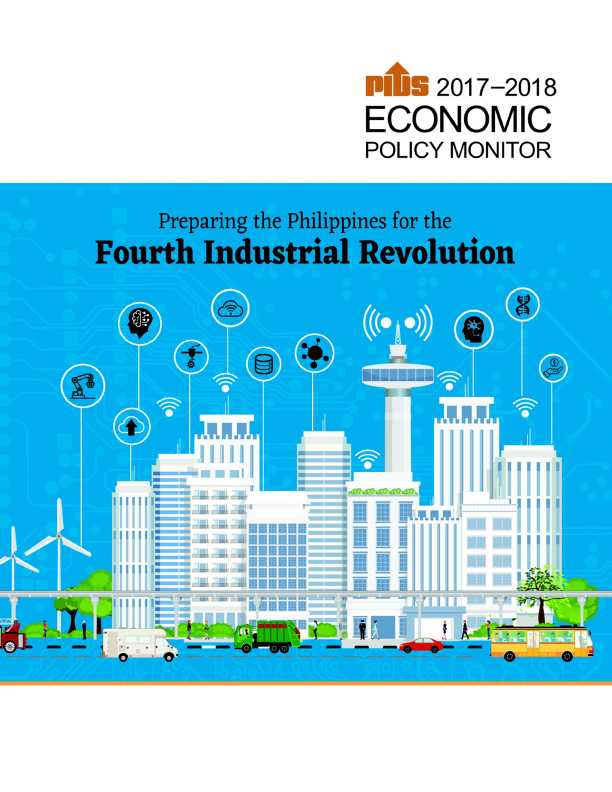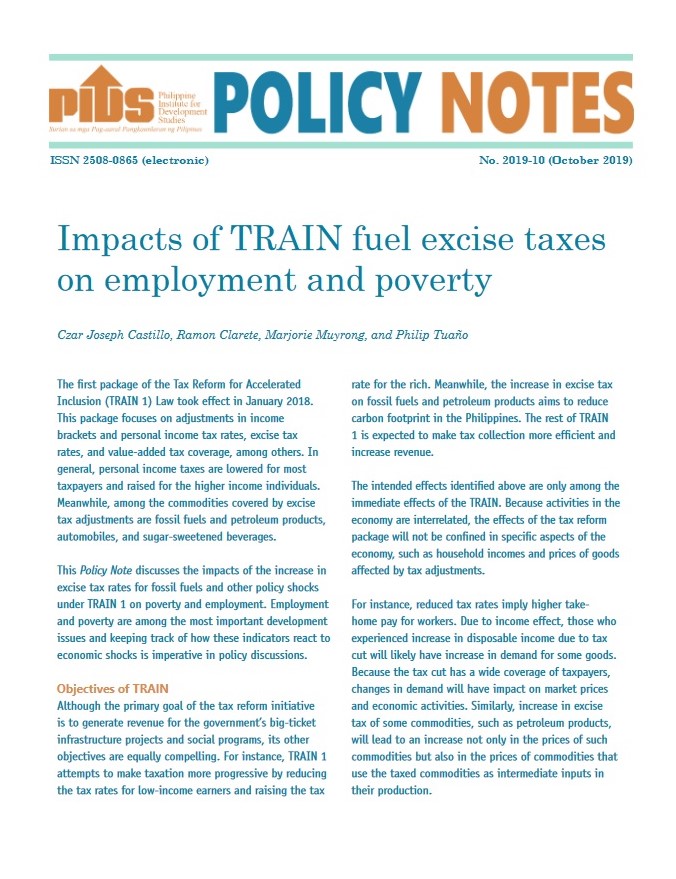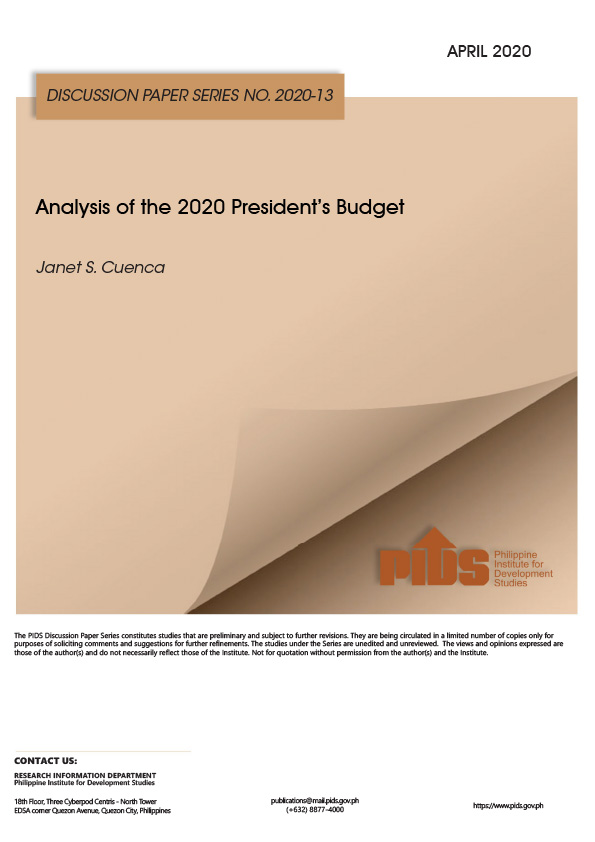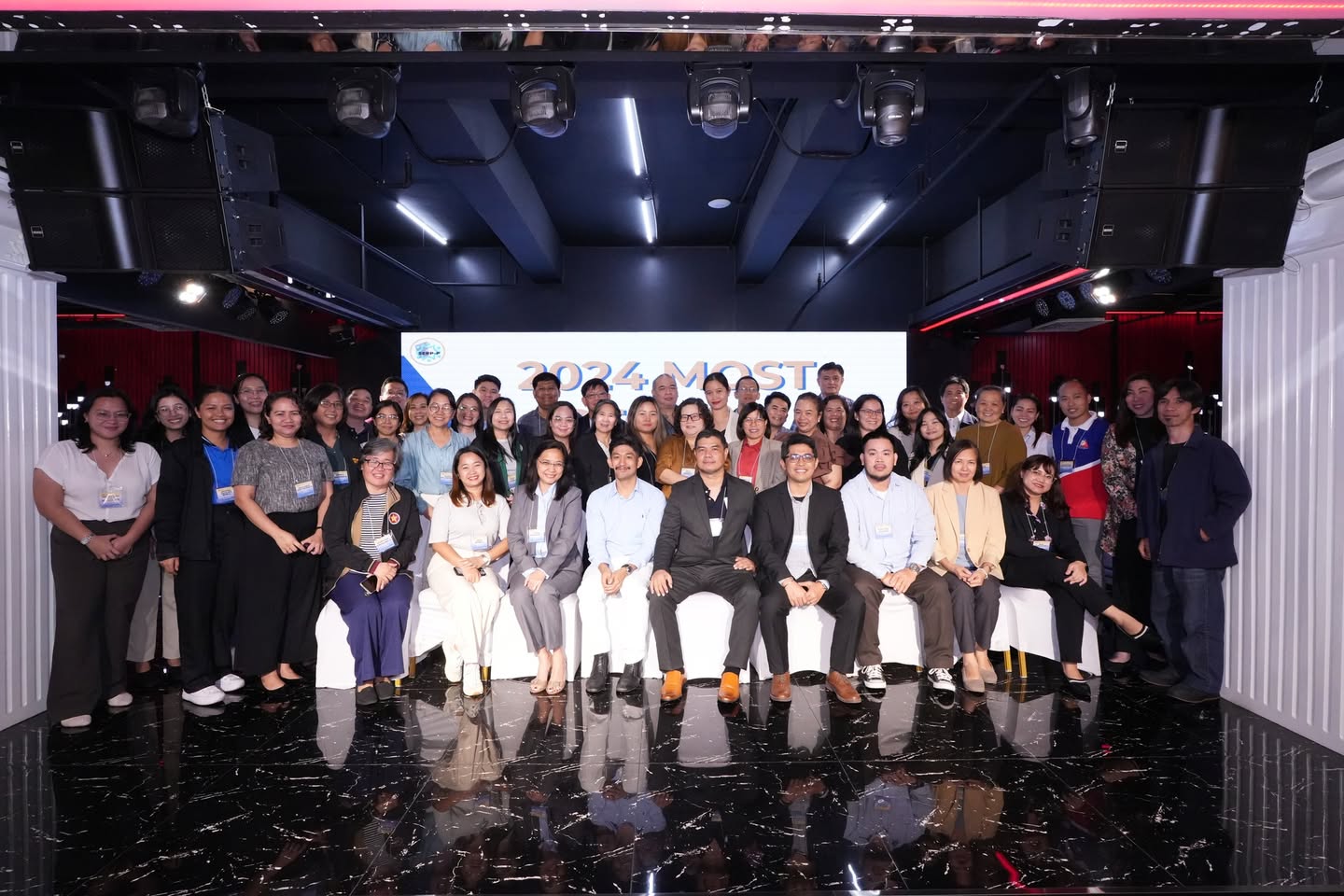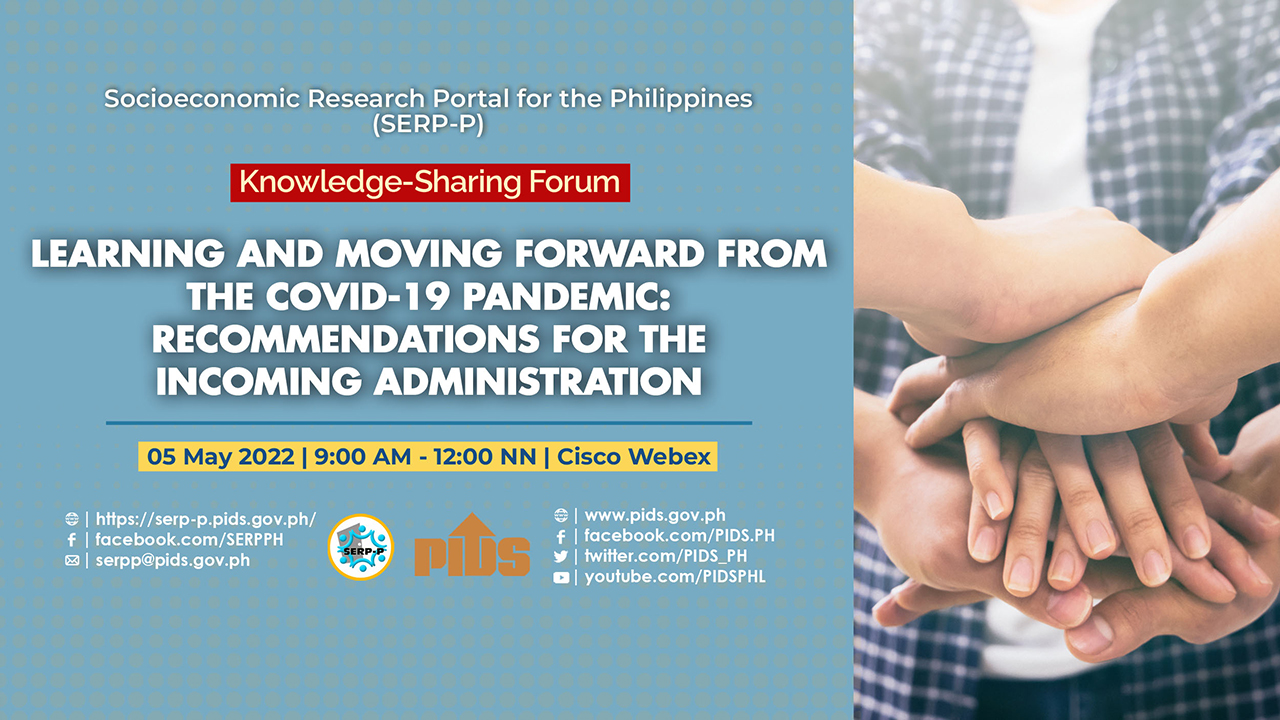A recent achievement of the country has not been given the consideration it deserves. This pertains to the increase in average real wages, which was accompanied by declines in both employment and underemployment. Note that the real wage is inflation-adjusted, indicating that wages received by the workers are rising higher than the inflation rate.
According to Vicente Paqueo and Aniceto Orbeta, both fellows of the Philippine Institute of Development Studies (PIDS), the average real wage rate, which was declining from 2001 to 2011, has reversed itself in 2011-2015. At the same time, labor productivity appears to have slightly accelerated in the same period. Although the wage rate has not yet completely returned to its 2001 level, these recent wage and productivity trends are made all the more significant because the agricultural real wage rate, which has perennially been stagnating was also noted to have increased.
These events are important for a number of reasons. For one, it indicates a tightening of the labor market. For so many years, the labor market is believed to have generated an army of workers whose skills are not matched with industry demand. The recent events then point out a mopping out of the labor surplus with more workers being absorbed into the formal enterprises. As a result, the unemployment rate has breached the 5-percent mark with a 4.7-percent rate in October 2016. This fundamentally displays an early economic take-off. More important, these observations highlight that the high economic-growth rates that we have achieved are now being felt by the workers on the average. These phenomena are consistent with the observed declines in poverty rates from 26.3 in 2009 to 21.5 in 2015
From a policy point of view, the rising real wage presents us with several lessons. First, the continuous increase in the growth rates was crucial in sustaining this trend. In contrast to the previous administrations, the previous Aquino (P-Noy) administration was able to generate and sustain growth based on sound economic fundamentals, creating much-needed confidence in the economy. Second, key institutional reforms accompanied this growth trend. During the P-Noy administration, there was the expansion of the Conditional Cash-Transfer Program, the conscious effort to rid the government of corruption, the installation of the K to 12 program and the revival of industry. Third, efforts to achieve a long-term vision were instrumental in achieving these successes. All the reforms were intent on bringing about inclusive development, aimed at giving the poor access to economic opportunities. While these reforms need to be strengthened and new reforms still have to be instituted, the economic structures were already formed to reduce poverty even further.
However, while indeed this is a time for celebration, this is also the time for grief. According to the Philippine Statistical Authority (PSA), the unemployment rate was already back to 6.6 percent in January 2017. The Social Weather Stations (SWS) survey corroborates this data. Using a different definition of unemployment from the PSA, the SWS recorded an unemployment rate of 25.1 percent in December 2016, 6.7 percentage points up from 18.4 percent in October 2016.
At present, it seems unlikely the Duterte administration will be able to support the economic momentum. In fact, it is more intent in bringing back the economic programs during the time of Marcos. One clear example is reinstallation of the much-rejected Masagana 99 program of the dictatorship. Now known as Program for Unified Lending in Agriculture (Punla), it aims to simplify and consolidate the agri-lending programs of the government from around seven down to two to three credit facilities providing a more convenient and less complex lending scheme to farmers and fishers. Punla, with an initial funding of P200 million, targets to boost the respective agri-fishery industries of the 10 poorest provinces in the country. The program aims to provide lending for farmers and fisherfolk groups with less stringent requirements, faster fund-releasing time and low interest rates. But Agricultural Secretary Emmanuel F. Piñol seems to forget the main lesson that the failed Masagana 99 has crystallized: that the government has no comparative advantage in lending. If the government wishes to help poor farmers and fishermen it should be in the area of improving technologies and productivity that will induce the formal financial institutions to lend to them
Because of its strong inclination to be the great provider (a la godfather) to everyone and score “pogi” points, the current administration would end up dismantling the Philippine economic structure. For instance, going back to labor, the government policy to end contractualization or temporary employment (endo) contracts may prove counterproductive if firms may end up reducing employment. With the advent of new technologies and the growing emphasis on product quality and reputation, the demand for workers has become less and less permanent as production becomes more and more flexible and product demand more and more unstable. The government can help the workers more by providing social protection and by improving acquired skills in order to secure incomes, not the labor tenure.
Leonardo Lanzona Jr. is a professor of Economics at the Ateneo de Manila University and a senior fellow of Eagle Watch, the school’s macroeconomic research and forecasting unit.

